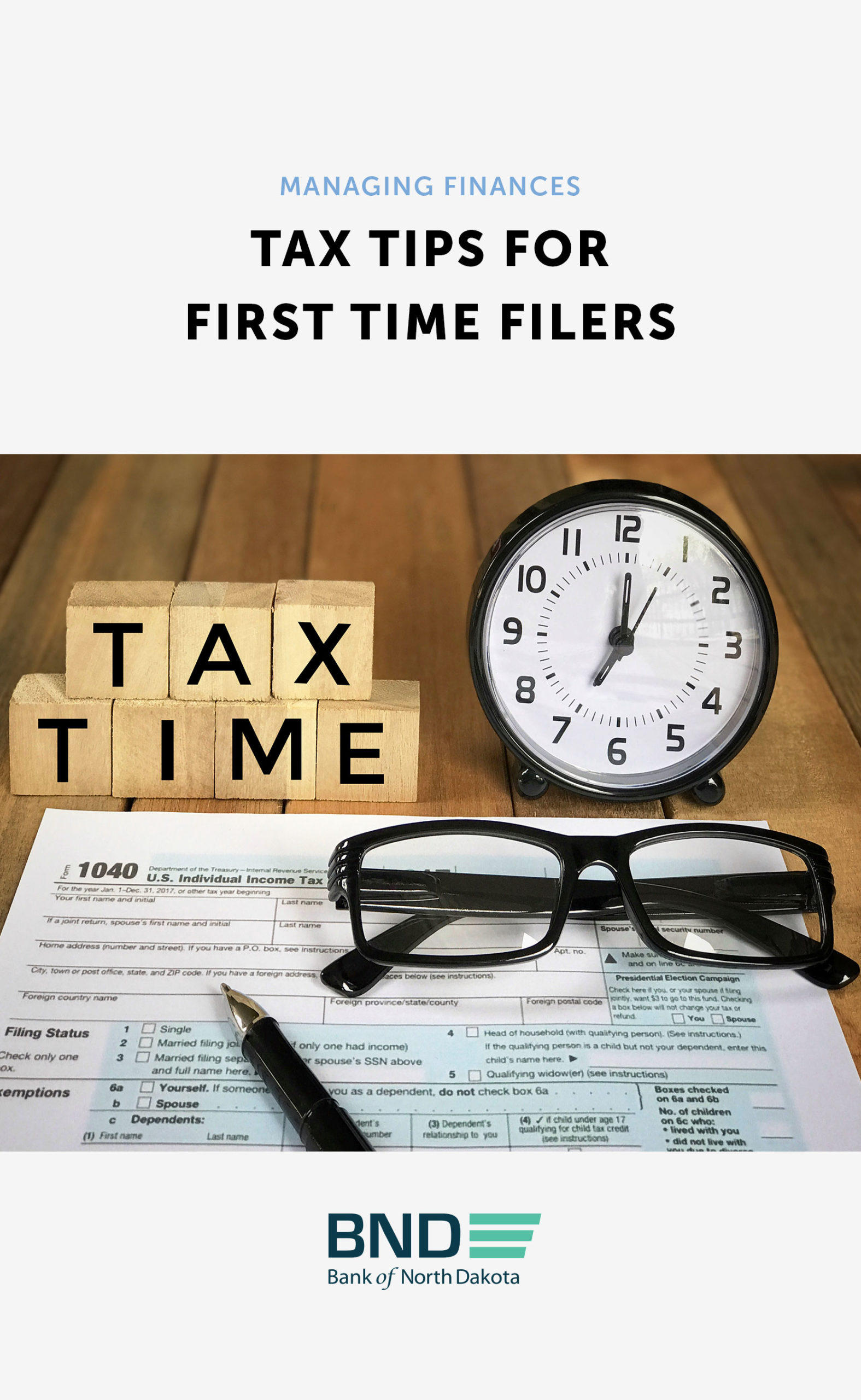One of the first things to do is understand why you should be budgeting. Budgeting helps you determine how much money you have, where it’s currently going and discover ways you can make changes to cover your expenses and have enough to deposit some funds into savings.

To get started, you’ll need two things: your total monthly income and a list of your expenses. Your monthly income is simply your total take-home pay. Your expenses include any items you spend money on. You’ll have both needs and wants on your expense list. Things you pay every month like a cellphone bill, internet, rent or car payment, are needs. They are also called fixed expenses because they don’t change.
Wants are things you can get by without and could change if needed. These expenses include things like eating out or buying clothes or gifts. Wants could also be considered variable expenses because you can choose to purchase food at the grocery store for less money instead of eating out, buy a less expensive shirt or do someone a favor instead of buying them a gift.
Review your expense list and categorize each item as a need or want. Next, you’ll add up both groups of expenses to figure out the total amount you need to cover. Then, compare your total amount of expenses to the amount of money you make. Hopefully, you’ll be making more than you spend and have enough left over for savings too. If you don’t, then something needs to change, whether it’s getting a higher paying or second job or cutting expenses.
Ideally, you will follow the 50:30:20 rule when it comes to spending money. Fifty percent or half of your take-home pay can be used for the fixed expenses. Thirty percent or about one-third of your take-home pay can be used for the variable expenses, and then the balance should go into savings.


